Interview
SERGIU CHOKLYA: BANKS OF MOLDOVA READY FOR REFORMS

Interview of the president of the National Bank of Moldova (NBM) Sergiu Choklya with the director of the INFOTAG agency Alexander Tanas
Part 1. The regulator differentiated the requirements for the capital of banks, depending on the financial solidity of their owners.
"I.": Mister Choklya, which of the requirements of "Basel-3" are mandatory for banks as early as 2018?
S.C.: There are three main categories of norms "Basel-3". The first - provides for minimum capital requirements for the bank, which must provide a kind of airbag to cover credit, market and operational risks. Coverage of market and operational risks is an innovation for the banks of the Republic of Moldova. The NBM has already adopted regulations, according to which banks will have to calculate the amount of their own funds and additional buffers. So, the minimum level of own funds is 10%. Taking into account different buffers, the requirements to the minimum share capital of banks will vary from 13.5% to 16.5%, depending on each bank individually. Without going into details, large system banks will have to accumulate more capital than smaller banks because of the risks they pose to the financial system.
Taking into account the weak development of the stock markets in Moldova and the obvious shortage of capital sources in case of urgent recapitalization of banks, the NBM also decided to differentiate the requirements for the capital of banks, depending on the financial solidity of the owners and their "accessibility". The size of the corresponding buffer varies from 1% to 3%.
The second category of requirements covers the basic principles of the supervisory process, risk management, as well as transparency and accountability to the banking supervisory authorities.
And, finally, the third category is designed to stimulate market discipline by disclosing information about capital and risk assessment.
"I.": How "Basel-3" can make the problem of capitalization of banks relevant?
S.C.: The results of the NBM's research on the financial effect of the transition to "Basel-3" showed that the banking sector is ready for new capital adequacy requirements. According to the Quantitative Impact Analysis "QIS", conducted by us last autumn, all commercial banks of the country have sufficient capital to comply with the new rules. However, this analysis was conducted without taking into account the possible distribution of capital (dividends) and additional requirements for creating reserves at the end of comprehensive inspections. Therefore, the NBM recommended that some banks refrain from distributing dividends based on 2017 results. Shareholders are also encouraged to analyze capital adequacy in dynamics, taking into account the expected growth in the loan portfolio and a reduction in the share of investments in government securities. Such a trend will inevitably lead to the growth of risk-weighted assets ("RWA"), and hence to the need to attract additional share capital.
"I.": Will the NBM not change the "inflationary corridor" in the direction of its reduction?
S.C.: To date, we have no plans to change the level of the target "inflation corridor". The norm of 5% +/- 1.5 pp is optimal for countries with the level of economic development and medium-term growth potential, which is available in the Republic of Moldova. Some analysts advise changing the corridor depending on actual observations, especially when inflation goes beyond it. We have recently seen such a situation because of external factors and the effect of the base, which exacerbated the volatility of consumer price growth. But this is a wrong approach, since it does not take into account the "natural", structural level of inflation in countries such as Moldova.
Despite the high fluctuation in the overall inflation rate in 2017, which rose from 3.0% in January to 7.3% in December 2017, before falling again to 3.7% in April 2018, core inflation all this time "hung" at about 5% per annum.
"I.": What should the market expect from the monetary policy of the NBM before the end of 2018?
S.C.: Sequences. Quarterly, we provide the market and public audience with our vision of current macroeconomic trends, the projected level of inflation and the overall direction of the monetary policy of the NBM. As a rule, we do not comment on the exchange rate, as the NBM conducts a monetary policy within the framework of the "inflation targeting" regime, which assumes the flexibility of the exchange rate depending on market conditions. Nevertheless, the NBM conducts foreign exchange interventions to reduce the short-term volatility of the Moldovan leu. Due to this, the correction of the exchange rate over the past year and a half has occurred without sharp surges, allowing economic agents and the population to slowly adapt to new parameters.
"I.": How justified are the expectations of those who would like to see the further strengthening of the leu, and those who predict a devaluation in 2018?
S.C.: In order to predict the future, you must first understand the past and understand what forces affect the dynamics of currencies in the global and local markets. In recent years, the ratio between the US dollar and the euro has changed dramatically due to the weakening of the US currency in 2017. If in January 2017 for 1 euro was given $ 1.0454, then by the end of last year for 1 euro you had to pay 1.1935 US dollars - by 14.2% more. Approximately the same our leu against the US dollar was strengthened due to its market "linkage" to the euro, as a result of the rapid rapprochement of the Moldovan economy with the European Union, foreign trade, transfers of labor migrants, debt flows and foreign investments in many sources of foreign exchange earnings.
Part 2. The deficit of the external balance of goods and services is almost unchanged, its ratio to GDP is 27.7%.
"I.": But then the dollar went up.
S.C.: In April 2018, the US dollar began to strengthen again, in part because of the increase in the key rates of the FRS. As a result, the ratio of the Moldovan leu to the world currencies took the opposite course, with some weakening against the dollar in recent months and simultaneous strengthening to the euro. It is too early to talk about a new trend, since the euro-dollar rate depends on many factors and risks.
From the point of view of trends in the local market, the exchange rate trend of the Moldovan leu is largely due to the excess supply of foreign currency from individuals, which remains unclaimed by legal entities, forcing the NBM to periodically buy up the currency. However, in recent months, the demand for currency from economic agents has exceeded the net supply of individuals. But in this case it is too early to talk about changing the trend. We attribute the increased demand for currency on the part of legal entities with the preparation of payment of dividends based on 2017 results. Since July, in Moldova, there has been an increase in remittances of labor migrants. At the same time, it should be noted that the usual seasonality of the Moldovan currency market with the cycle "summer has a strong leu, winter has a weak one", has become much blunted over the past few years and was almost not observed in 2017.
The deficit of the external balance of goods and services remained practically at the same level as in 2016, in relation to GDP - 27.7%, but increased in monetary terms by $ 383 million. The slower growth of current income led to an increase in the current account deficit of the balance of payments to 7.6% of GDP in 2017, by 3.4 percentage points higher than in 2016. There is nothing extraordinary about this - in percent of GDP this level corresponds to the average indicators for the last 20 years. But we are closely monitoring the degree of appreciation of the leu to the currencies of countries traditionally oriented toward the US dollar, such as Russia, Ukraine and Turkey, as this trend may lead to a loss of competitiveness in relation to regional producers from these countries.
"I.": To what point does the regulator accumulates currency reserves - $ 3 billion, $ 4 billion, $ 5 billion, or is this the case when they say: "The more currency, the better?"
S.C.: The buildup of international foreign exchange reserves is not an end in itself. In addition, in the current situation, the accumulation of foreign exchange reserves leads to an increase in excess liquidity in the banking system and the costs of the NBM's sterilization. We maintain reserves at the level necessary for the implementation of monetary policies.
According to the prevailing international practice, the level of reserves covering the three-month import is considered acceptable. As of the end of May 2018, the amount of foreign exchange reserves was approximately $ 2.9 billion, equivalent to 5.2 months of projected imports for 2018.
"I.": How do you feel about the idea of creating a sovereign fund for the development of Moldova from the currency reserves?
S.C.: Negative. Today in Moldova there are no acute problems with raising funds to finance the development and modernization of the country. The banking system literally chokes on liquidity. To date, we have to withdraw more than 22.5 billion lei or the equivalent of $ 1.3 billion from monetary circulation (through obligatory reservation and issuance of certificates of the National Bank)!
Some of this money could go to projects and investments. Our task is to put in order the banking system and fix the "transfer belt" of lending. If we talk about external funds, then Moldova has access to cheap money - international programs of preferential financing and grants, most of which have not yet been mastered. As you can see, the issue is not in money, but in promoting structural reforms so that money can be earned.
"I.": The issue of obligations of the NBM in the Program with the IMF. What else is to be done in 2018, apart from the sale of stakes in system banks?
S.C.: Indeed, attracting transparent and quality shareholders to the capital of system banks is the cornerstone of the overall architecture of the program with the IMF. The program also aims at the financial consolidation of the banking system, the prompt elimination of "bad habits" that led to the crisis of 2014-2015, as well as a general change in the "rules of the game" by promoting new laws and legal norms. Many of the laws and amendments to laws resulting from agreements with the IMF, adopted by Parliament, they entered into force. Most recently, an important bill has been adopted to improve the rules for selling shares of commercial banks.
In the future, the NBM will have to complete comprehensive inspections of all banks and take, if necessary, appropriate solutions to correct deficiencies. To date, the NBM has conducted inspections and made final decisions on seven banks that are not part of international financial groups.
Complex inspections of the four remaining "foreign" banks have been completed, but the NBM board has not yet made appropriate decisions. At the final stage there is a thematic check of the final beneficiaries in the joint-stock structures of non-system Moldovan banks. For many of them, the NBM expects information from foreign supervisory services to complete the checks. I hope that our joint efforts with colleagues from the government and parliament will once again receive "good" from the Executive Committee of the IMF following the results of the next, third evaluation phase of the program with the Fund.
Part 3. The IMF and the NBM have one goal - a profound reform of banks.
"I.": What IMF assessment mission would be easier for the NBM - the second or third, the results of which the IMF Executive Committee will consider at the end of June?
S.C.: Everyone probably understands that the program with the IMF is not a fun walk with a picnic. The International Monetary Fund is a large, authoritative organization that has seen any kinds... and not like ours. Therefore, each mission requires careful preparation and painstaking work. The key to success is openness and honesty, the ability to explain and argue. It is necessary to correctly identify the existing, as well as all possible problems and propose a thought-out strategy for their solution.
All the IMF missions, starting with the negotiations on the conclusion of the program in 2016 and subsequent assessment missions, were complex in their own way, with their heat and, I would even say, dramaturgy. And this is normal. Different doctors on the same diagnosis may have different opinions about the treatment. However, we have always been united with IMF experts by a common goal - a profound and full-fledged reform of the banking sector. Both sides showed the ability to listen to each other, find a consensus, if necessary, change tactics to achieve the goal in unforeseen circumstances. I am sure that after two years of joint work, the level of mutual respect and trust between the parties has grown significantly.
The second assessment mission focused mainly on the situation around "Victoriabank". As a result, the Romanian bank "Banca Transilvnia" bought 39% of the shares of this bank and became jointly with the European Bank for Reconstruction and Development (EBRD) its majority shareholder. By all accounts, this deal made the banking sector of Moldova more transparent and strengthened the citizens' confidence in it.
The third evaluation mission focused on the process of selling the shares of "Moldova Agroindbank" and the need to attract anchor investors as soon as possible in order to fully stabilize the situation around the largest bank in Moldova, with the subsequent removal of the intensive supervision regime. Now intensive work is being done in this direction, on which the future destiny of the program with the IMF depends.
"I.": What procedures does the NBM prepare for the sale of 41.09% of MAIB and 63.89% of MICB?
S.C.: At this stage it is premature to comment on the situation with "Moldindconbank". The new shares of the bank, issued by the decision of its executive body, as a result of the cancellation of shares of former owners, are now on sale and first it is necessary to wait for the results of the auction to understand what procedures will be this package sold on.
As for "Moldova Agroindbank", the new shares have been offered for sale on the regulated market several times, starting from September 2016. The last auction ended on April 30, 2018 and again proved ineffective. However, in May of this year, an international consortium consisting of three potential buyers - a well-known international financial institution and two foreign funds - filed an official application for the purchase of 41.09% of the bank's shares.
Amendments to the Law on the management of public property and its denationalization, adopted in December 2017, provide for the government's right to purchase shares of system banks with subsequent sale to investors, provided that the total period of ownership of shares by the government should not exceed 90 days.
"Moldova-Agroindbank" is undoubtedly a bank of systemic importance. In case of signing a preliminary agreement with an international consortium and launching a procedure for purchase and sale provided for by law, the auction will be opened under the same conditions for all potential buyers who will receive prior approval from the NBM. If a preliminary agreement on the sale of 41.09% of the shares of "Moldova-Agroindbank" is signed, the need to resort to alternative methods of sale will disappear by itself.
"I.": Reforms are connected with the decisions that are painful for society, which the authorities do not go to during the election year, fearing the negative reaction of the voters. How in this case be with the obligations to the IMF?
S.C.: The program with the IMF was built on the principle of the parable of Aesop and his heavy basket with bread. After each halt (read - evaluation mission), our "bread basket" becomes a little lighter. If in the autumn of 2016, we had to carry out 16 preliminary measures to get the approval of the program with the Fund, then at this assessment stage - only four. This approach allowed the distribution of the greatest efforts of the authorities and legislative burden on the initial stages of the program with the IMF. But this does not mean that reforms have become easier.
To the agreements with the IMF, additional obligations to the European Union and the World Bank have been added. Currently, the NBM is working in an intensive rhythm. The same thing happens, probably in the government and parliament. I am glad that, despite the difficulties, banking reforms enjoy the support of the authorities and fellow citizens.

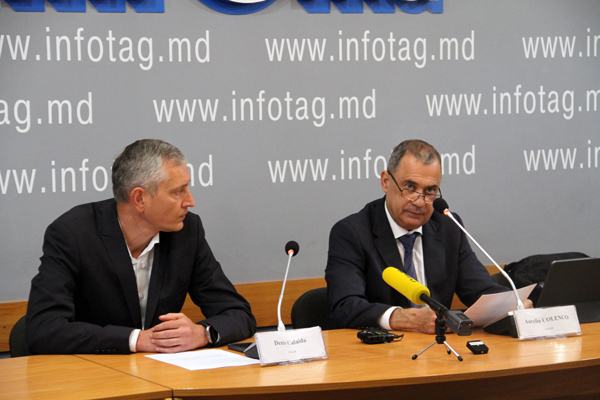
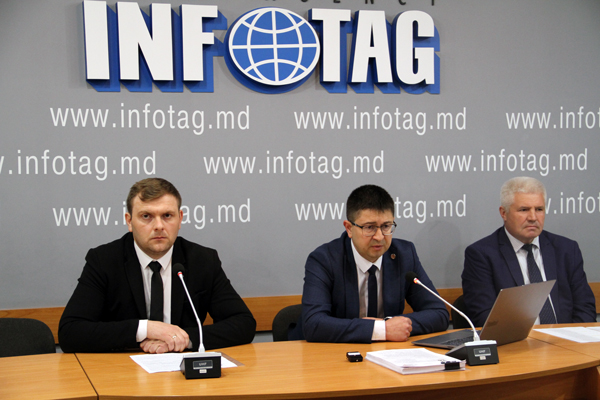
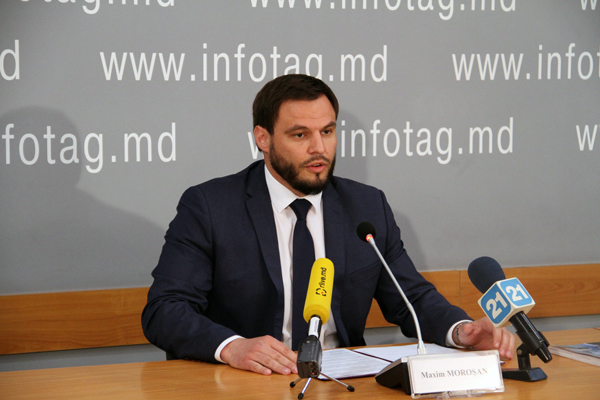
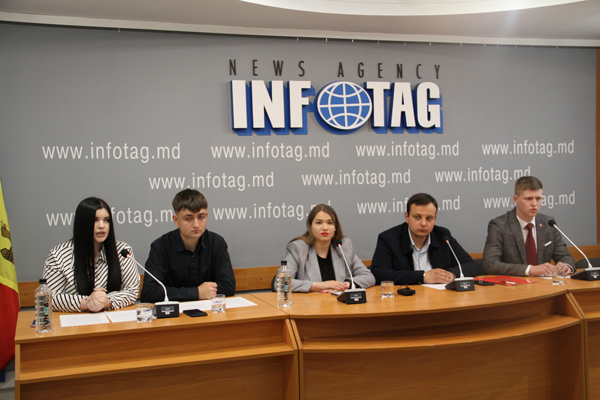
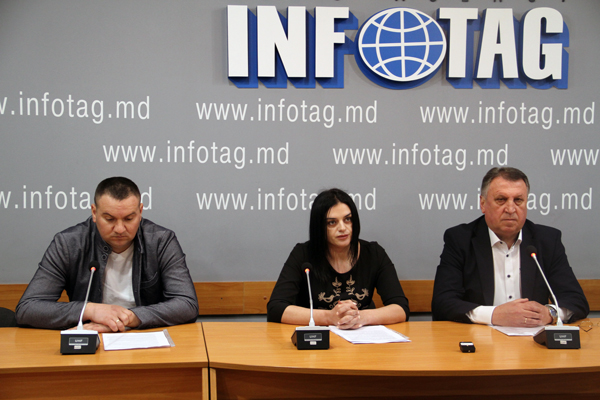
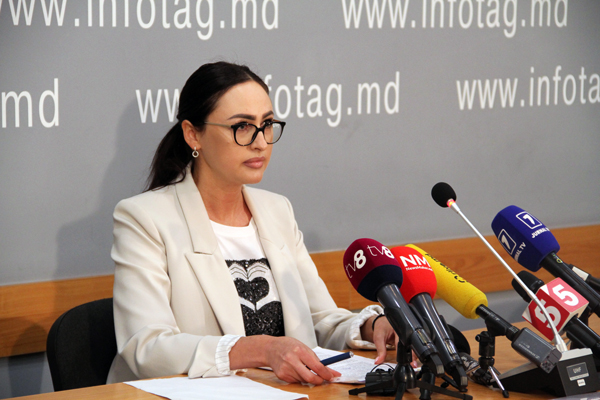
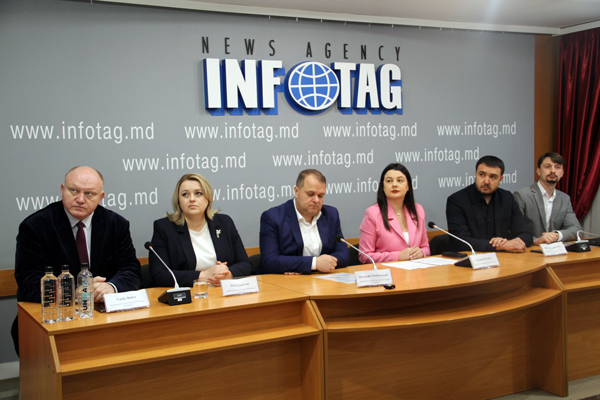
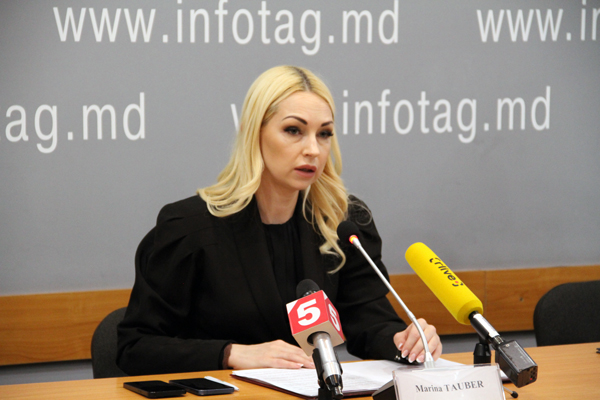
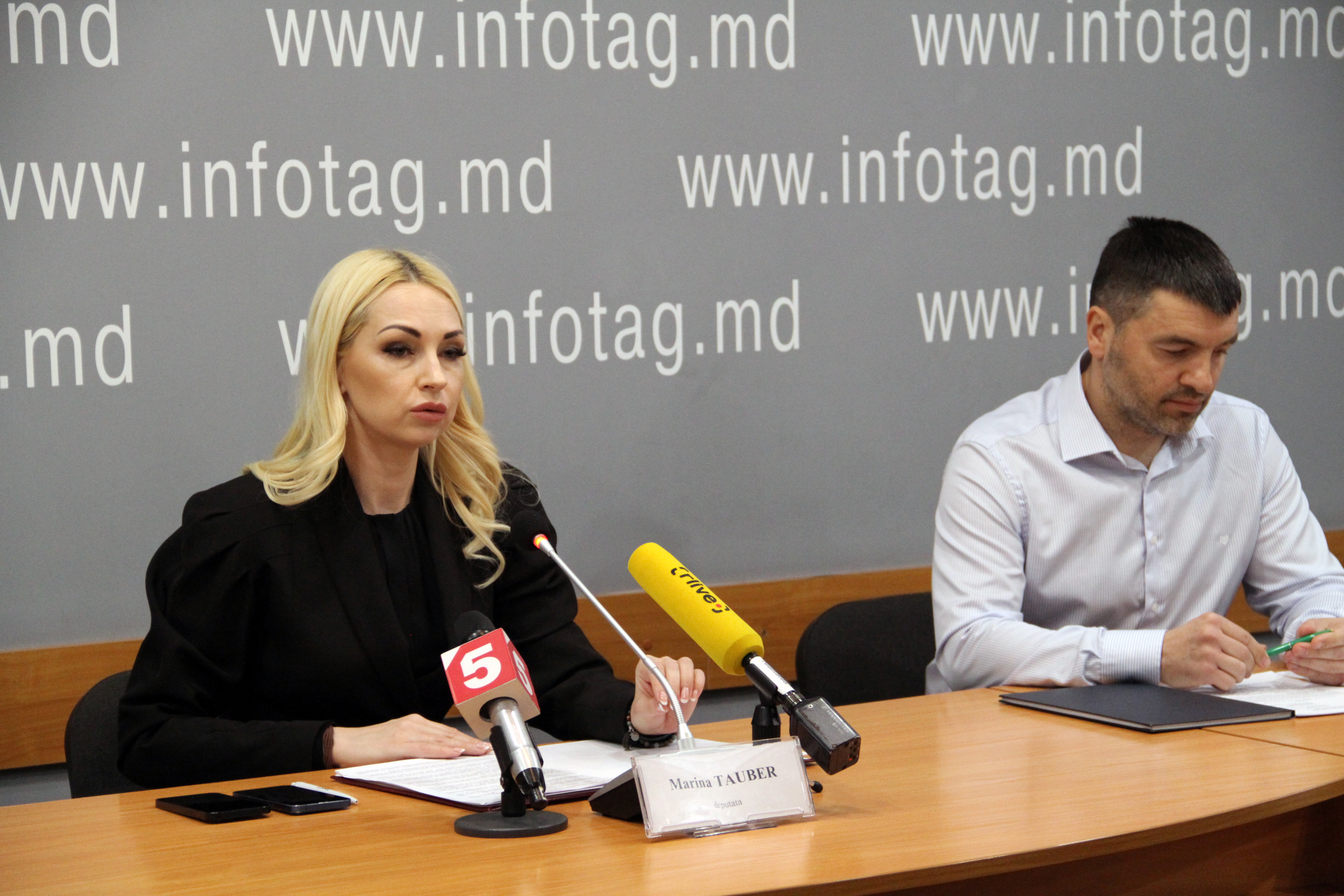
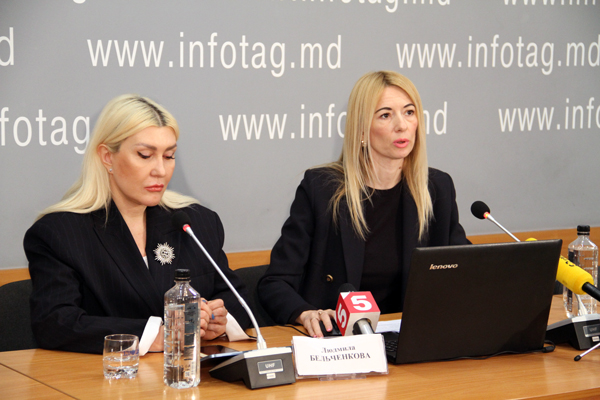
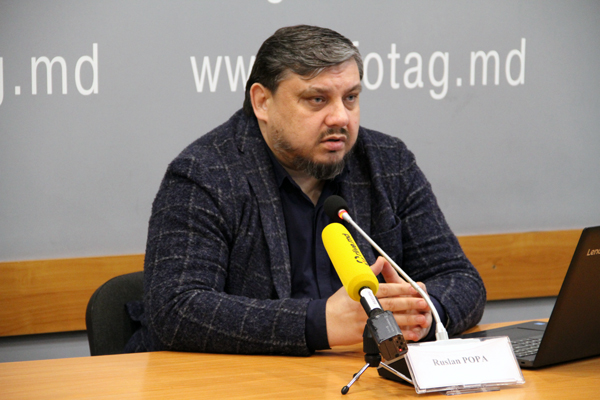
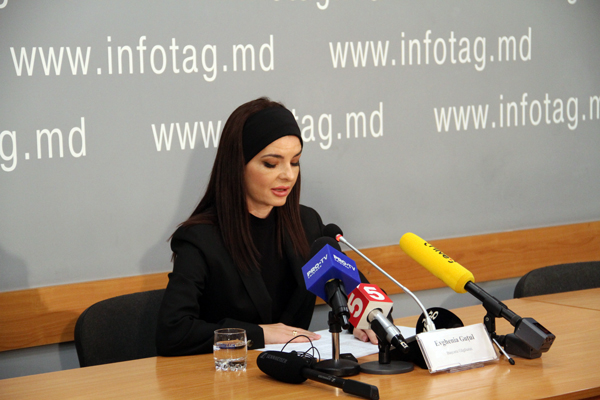
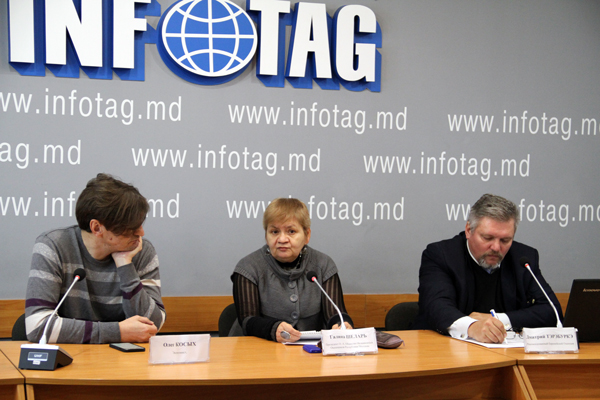
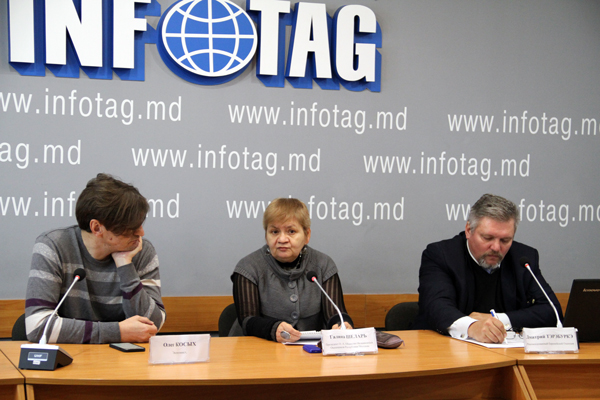
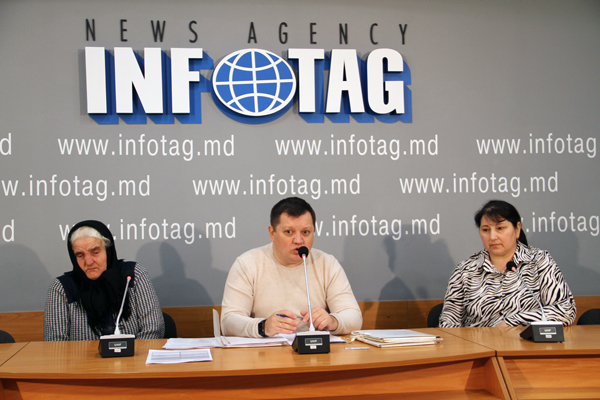
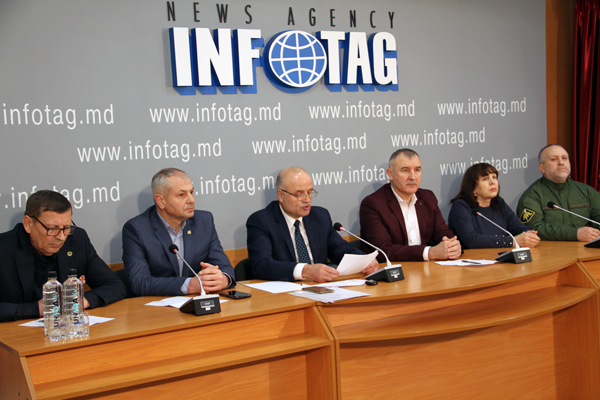
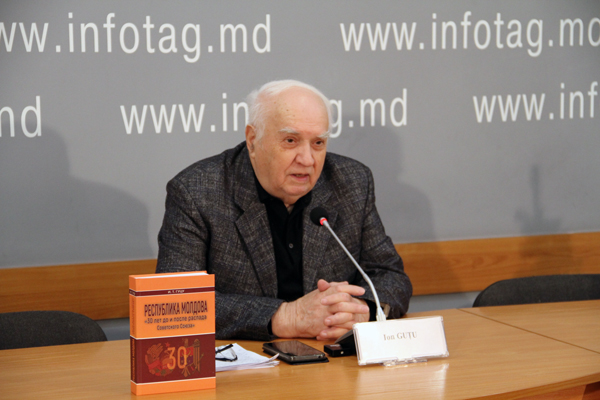
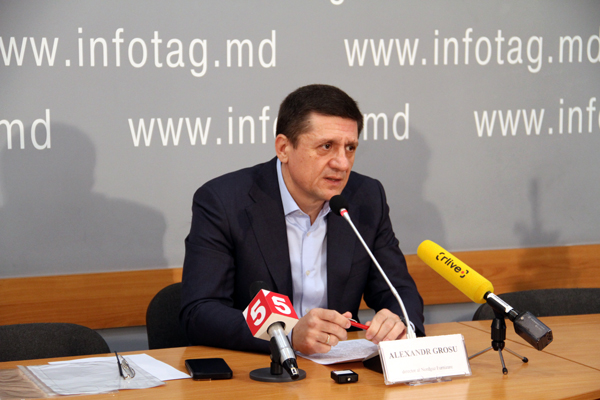
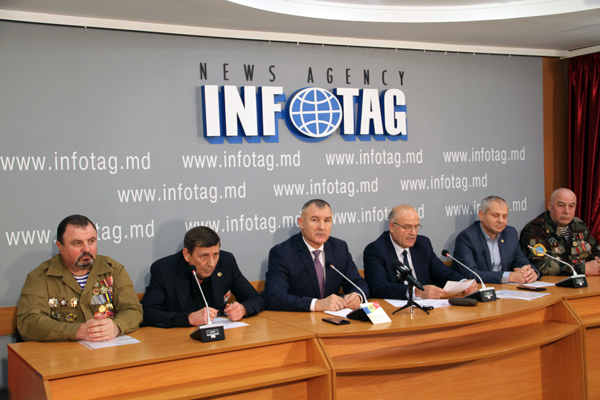
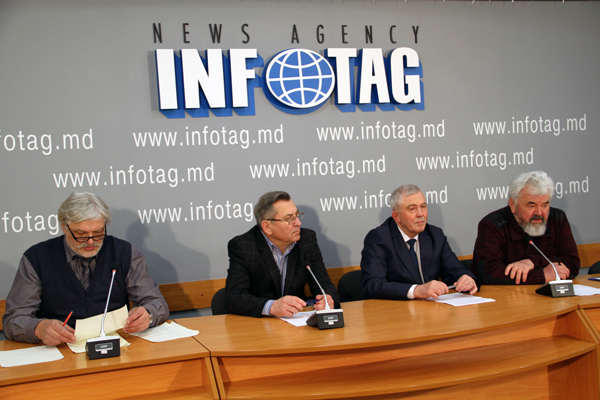



Add Comment